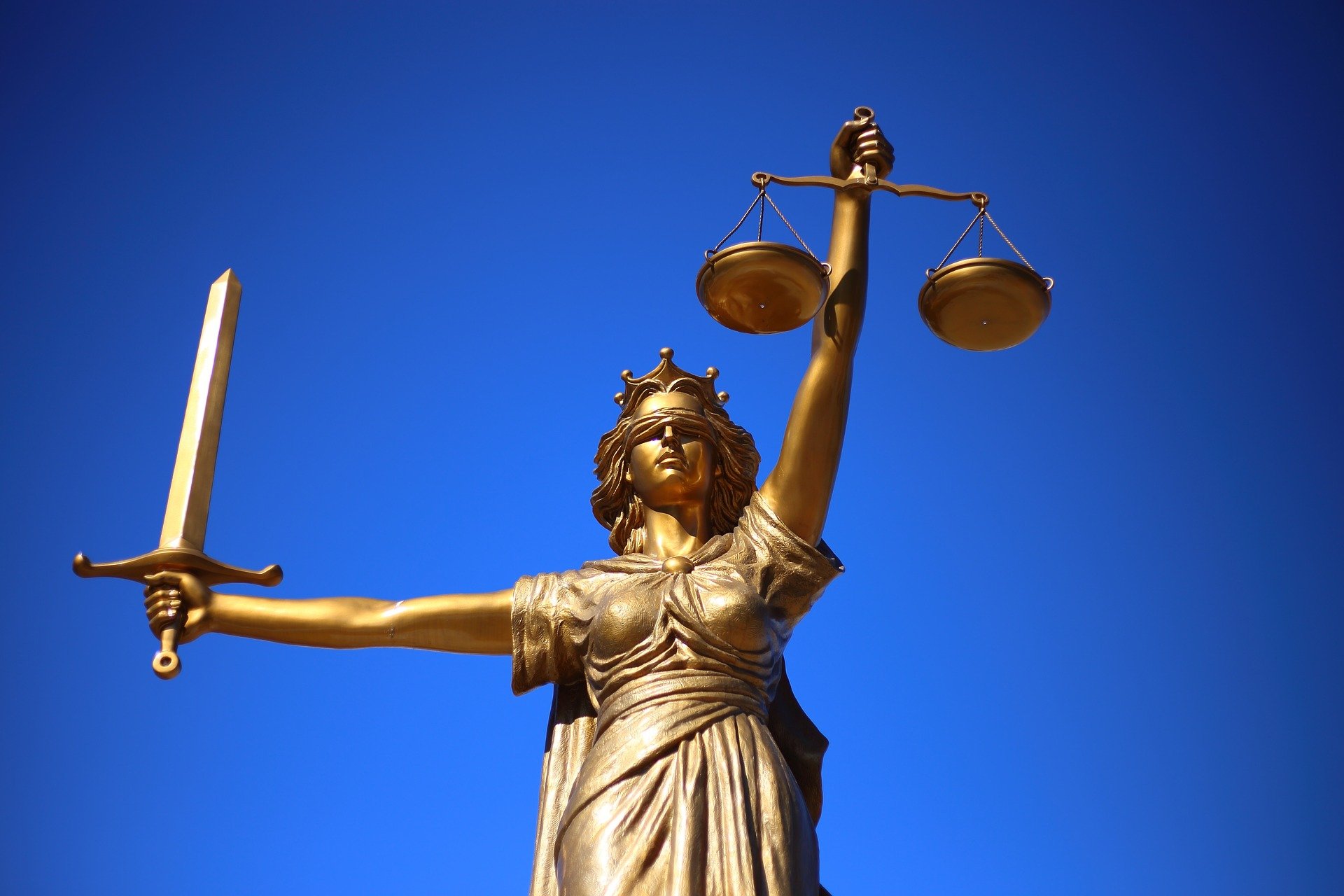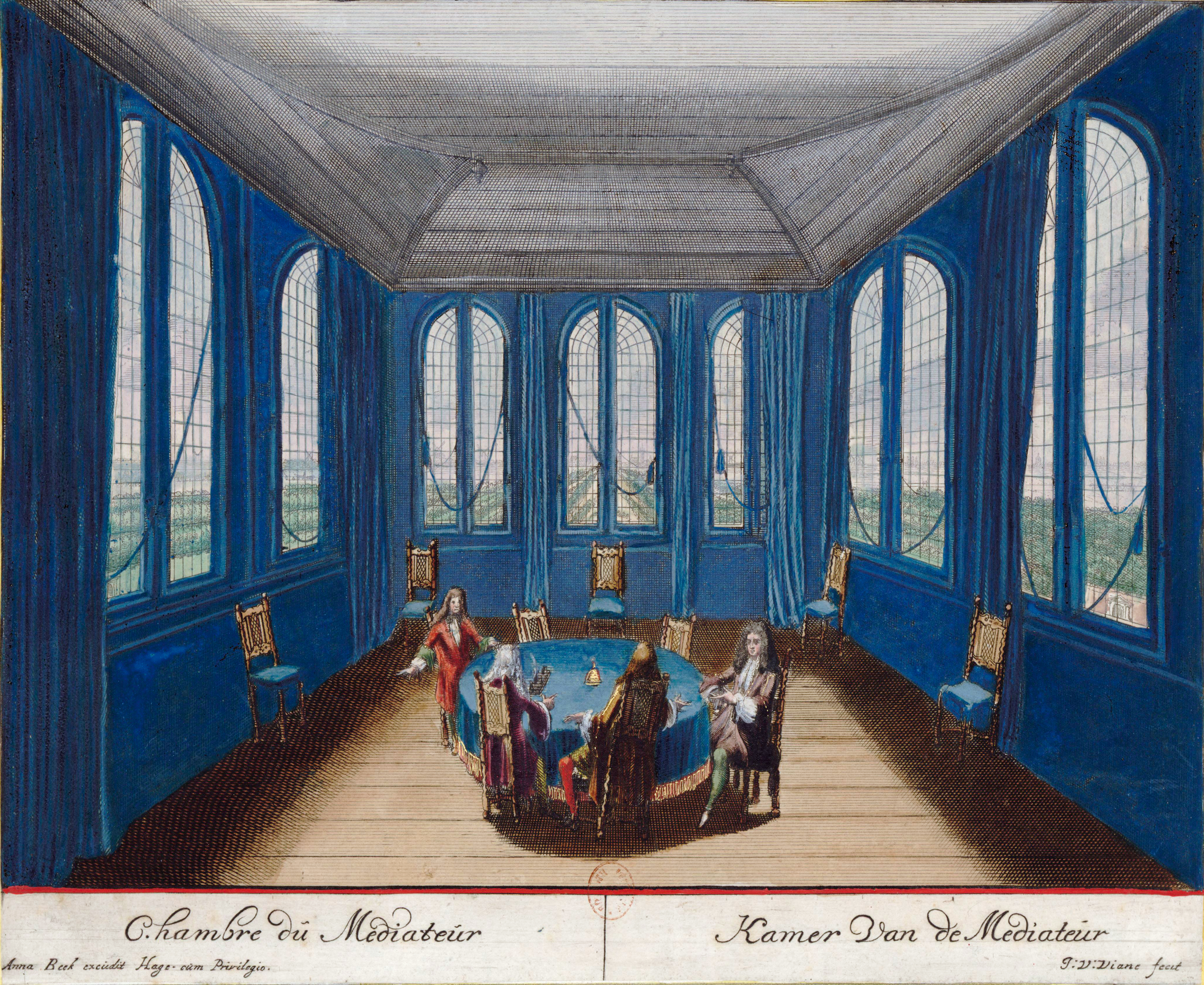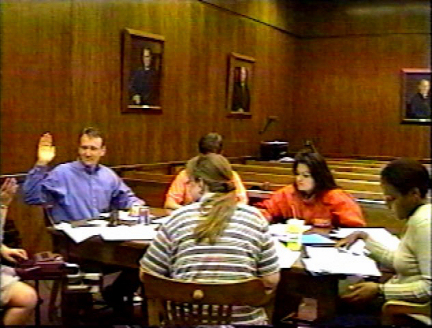|
Thomas Bavand
Thomas Bavand (1600–1643) was an English barrister, who was appointed a judge in Ireland, but died before he could take up his office. He was born in Chester, where the Bavands were a numerous and prosperous family, related to other leading families of the city like the Gamulls. He may have been a grandson of Richard Bavand, (Mayor of Chester in 1581 and 1600 and MP for Chester in the Parliament of 1584,) who died in 1603, survived by several children by his wife Jane Bannvile. Thomas had some interest in genealogy and had a family pedigree drawn up. From his deposition in the libel case of ''Done v Babington'', it is reasonably certain that Thomas was born in 1600. He entered the University of Oxford in 1614 and graduated from Broadgates Hall (renamed Pembroke College shortly afterwards) in 1618. He entered Clifford's Inn, was called to the bar at the Inner Temple in 1632, and built up a flourishing practice. He owned several properties in Chester, and his name appears as ... [...More Info...] [...Related Items...] OR: [Wikipedia] [Google] [Baidu] |
Barrister
A barrister is a type of lawyer in common law jurisdictions. Barristers mostly specialise in courtroom advocacy and litigation. Their tasks include taking cases in superior courts and tribunals, drafting legal pleadings, researching law and giving expert legal opinions. Barristers are distinguished from both solicitors and chartered legal executives, who have more direct access to clients, and may do transactional legal work. It is mainly barristers who are appointed as judges, and they are rarely hired by clients directly. In some legal systems, including those of Scotland, South Africa, Scandinavia, Pakistan, India, Bangladesh, and the British Crown dependencies of Jersey, Guernsey and the Isle of Man, the word ''barrister'' is also regarded as an honorific title. In a few jurisdictions, barristers are usually forbidden from "conducting" litigation, and can only act on the instructions of a solicitor, and increasingly - chartered legal executives, who perform tasks ... [...More Info...] [...Related Items...] OR: [Wikipedia] [Google] [Baidu] |
Inner Temple
The Honourable Society of the Inner Temple, commonly known as the Inner Temple, is one of the four Inns of Court and is a professional associations for barristers and judges. To be called to the Bar and practise as a barrister in England and Wales, a person must belong to one of these Inns. It is located in the wider Temple area, near the Royal Courts of Justice, and within the City of London. The Inn is a professional body that provides legal training, selection, and regulation for members. It is ruled by a governing council called "Parliament", made up of the Masters of the Bench (or " Benchers"), and led by the Treasurer, who is elected to serve a one-year term. The Temple takes its name from the Knights Templar, who originally (until their abolition in 1312) leased the land to the Temple's inhabitants (Templars). The Inner Temple was a distinct society from at least 1388, although as with all the Inns of Court its precise date of founding is not known. After a disrupted e ... [...More Info...] [...Related Items...] OR: [Wikipedia] [Google] [Baidu] |
Justices Of The Irish King's Bench
A judge is a person who presides over court proceedings, either alone or as a part of a panel of judges. A judge hears all the witnesses and any other evidence presented by the barristers or solicitors of the case, assesses the credibility and arguments of the parties, and then issues a ruling in the case based on their interpretation of the law and their own personal judgment. A judge is expected to conduct the trial impartially and, typically, in an open court. The powers, functions, method of appointment, discipline, and training of judges vary widely across different jurisdictions. In some jurisdictions, the judge's powers may be shared with a jury. In inquisitorial systems of criminal investigation, a judge might also be an examining magistrate. The presiding judge ensures that all court proceedings are lawful and orderly. Powers and functions The ultimate task of a judge is to settle a legal dispute in a final and publicly lawful manner in agreement with substantial ... [...More Info...] [...Related Items...] OR: [Wikipedia] [Google] [Baidu] |
People From Chester
A person ( : people) is a being that has certain capacities or attributes such as reason, morality, consciousness or self-consciousness, and being a part of a culturally established form of social relations such as kinship, ownership of property, or legal responsibility. The defining features of personhood and, consequently, what makes a person count as a person, differ widely among cultures and contexts. In addition to the question of personhood, of what makes a being count as a person to begin with, there are further questions about personal identity and self: both about what makes any particular person that particular person instead of another, and about what makes a person at one time the same person as they were or will be at another time despite any intervening changes. The plural form "people" is often used to refer to an entire nation or ethnic group (as in "a people"), and this was the original meaning of the word; it subsequently acquired its use as a plural form of ... [...More Info...] [...Related Items...] OR: [Wikipedia] [Google] [Baidu] |
Court Of Chivalry
His Majesty's High Court of Chivalry is a civil law (i.e., non common law) court in English and Welsh law with jurisdiction over matters of heraldry. The court has been in existence since the fourteenth century; however, it rarely sits. The sole judge is now the hereditary Earl Marshal of England, the Duke of Norfolk, though if not a professional lawyer, he normally appoints a professional lawyer as his lieutenant or surrogate. In Scotland, these types of cases are heard in the Court of the Lord Lyon, which is a standing civil and criminal court, with its own judge – the Lord Lyon King of Arms and its own procurator fiscal (''public prosecutor'') under the Scottish legal system.Innes of Learney & Innes of Edingight, p.7 History The court was historically known as the ''Curia Militaris'', the ''Court of the Constable and the Marshal'', or the ''Earl Marshal's Court''. Since it was created in the fourteenth century the court has always sat when required, except for the ... [...More Info...] [...Related Items...] OR: [Wikipedia] [Google] [Baidu] |
Legal Costs
Law is a set of rules that are created and are enforceable by social or governmental institutions to regulate behavior,Robertson, ''Crimes against humanity'', 90. with its precise definition a matter of longstanding debate. It has been variously described as a science and as the art of justice. State-enforced laws can be made by a group legislature or by a single legislator, resulting in statutes; by the executive through decrees and regulations; or established by judges through precedent, usually in common law jurisdictions. Private individuals may create legally binding contracts, including arbitration agreements that adopt alternative ways of resolving disputes to standard court litigation. The creation of laws themselves may be influenced by a constitution, written or tacit, and the rights encoded therein. The law shapes politics, economics, history and society in various ways and serves as a mediator of relations between people. Legal systems vary between jurisdiction ... [...More Info...] [...Related Items...] OR: [Wikipedia] [Google] [Baidu] |
Mediation
Mediation is a structured, interactive process where an impartial third party neutral assists disputing parties in resolving conflict through the use of specialized communication and negotiation techniques. All participants in mediation are encouraged to actively participate in the process. Mediation is a "party-centered" process in that it is focused primarily upon the needs, rights, and interests of the parties. The mediator uses a wide variety of techniques to guide the process in a constructive direction and to help the parties find their optimal solution. A mediator is facilitative in that she/he manages the interaction between parties and facilitates open communication. Mediation is also evaluative in that the mediator analyzes issues and relevant norms ("reality-testing"), while refraining from providing prescriptive advice to the parties (e.g., "You should do..."). Mediation, as used in law, is a form of alternative dispute resolution resolving disputes between two o ... [...More Info...] [...Related Items...] OR: [Wikipedia] [Google] [Baidu] |
Deposition (law)
A deposition in the law of the United States, or examination for discovery in the law of Canada, involves the taking of sworn, out-of-court oral testimony of a witness that may be reduced to a written transcript for later use in court or for discovery purposes. Depositions are commonly used in litigation in the United States and Canada. They are almost always conducted outside court by the lawyers themselves, with no judge present to supervise the examination. History Depositions by written interrogatories first appeared around the mid-15th century as a procedure for discovery, factfinding, and evidence preservation in suits in equity in English courts. Available through HeinOnline. They differed radically from modern depositions in three ways: (1) the party seeking a witness's testimony merely propounded written interrogatories which were read out loud by a master or court-appointed commissioner to the witness in a closed proceeding without parties or counsel present; (2) ... [...More Info...] [...Related Items...] OR: [Wikipedia] [Google] [Baidu] |
Silk
Silk is a natural protein fiber, some forms of which can be woven into textiles. The protein fiber of silk is composed mainly of fibroin and is produced by certain insect larvae to form cocoons. The best-known silk is obtained from the cocoons of the larvae of the mulberry silkworm '' Bombyx mori'' reared in captivity ( sericulture). The shimmering appearance of silk is due to the triangular prism-like structure of the silk fibre, which allows silk cloth to refract incoming light at different angles, thus producing different colors. Silk is produced by several insects; but, generally, only the silk of moth caterpillars has been used for textile manufacturing. There has been some research into other types of silk, which differ at the molecular level. Silk is mainly produced by the larvae of insects undergoing complete metamorphosis, but some insects, such as webspinners and raspy crickets, produce silk throughout their lives. Silk production also occurs in hymenopte ... [...More Info...] [...Related Items...] OR: [Wikipedia] [Google] [Baidu] |
Cheshire
Cheshire ( ) is a ceremonial and historic county in North West England, bordered by Wales to the west, Merseyside and Greater Manchester to the north, Derbyshire to the east, and Staffordshire and Shropshire to the south. Cheshire's county town is the cathedral city of Chester, while its largest town by population is Warrington. Other towns in the county include Alsager, Congleton, Crewe, Ellesmere Port, Frodsham, Knutsford, Macclesfield, Middlewich, Nantwich, Neston, Northwich, Poynton, Runcorn, Sandbach, Widnes, Wilmslow, and Winsford. Cheshire is split into the administrative districts of Cheshire West and Chester, Cheshire East, Halton, and Warrington. The county covers and has a population of around 1.1 million as of 2021. It is mostly rural, with a number of towns and villages supporting the agricultural and chemical industries; it is primarily known for producing chemicals, Cheshire cheese, salt, and silk. It has also had an impact on popular cult ... [...More Info...] [...Related Items...] OR: [Wikipedia] [Google] [Baidu] |
Tarvin
Tarvin is a village in the unitary authority of Cheshire West and Chester and the ceremonial county of Cheshire, England. It had a population of 2,693 people at the 2001 UK census, rising to 2,728 at the 2011 Census, and the ward covers about . Location and context Tarvin is about east of Chester. The current parish covers Tarvin, Duddon, Clotton, Stapleford, Burton, Hoofield and Oscroft. There are currently 28 listed buildings in Tarvin (one Grade I Listed, two Grade II* Listed, and twenty-five Grade II Listed). The centre of the village is a Conservation Area that was created in 1972, and much of the land surrounding the village is designated Green Belt. Geology The Cheshire Plain (sometimes known as the Cheshire Gap) is a relatively flat expanse of lowland, which supports agricultural use for dairy farming on the medium-scale pastoral fields that surround the village. Tarvin is west of a sandstone ridge that divides the Cheshire Plain. The River Gowy passes to the sou ... [...More Info...] [...Related Items...] OR: [Wikipedia] [Google] [Baidu] |
Court Of King's Bench (Ireland)
The Court of King's Bench (of Queen's Bench when the sovereign was female, and formerly of Chief Place or Chief Pleas) was one of the senior courts of common law in Ireland. It was a mirror of the Court of King's Bench in England. The King's Bench was one of the "Four Courts" which sat in the building in Dublin which is still known as " The Four Courts", and is still in use. Origins According to Elrington Ball,Ball, F. Elrington ''The Judges in Ireland 1221–1921'' John Murray London 1926 the Court called ''the King's Bench'' can be identified as early as 1290. It was fully operational by 1324, headed by the Lord Chief Justice of Ireland, who was assisted by at least one, and often more associate justices, although for brief periods the Chief Justice was forced to sit alone, due to the lack of a suitably qualified colleague. A Statute of 1410 provided that a trial in King's Bench set down for a specific county must proceed there, and must not be moved to another ve ... [...More Info...] [...Related Items...] OR: [Wikipedia] [Google] [Baidu] |


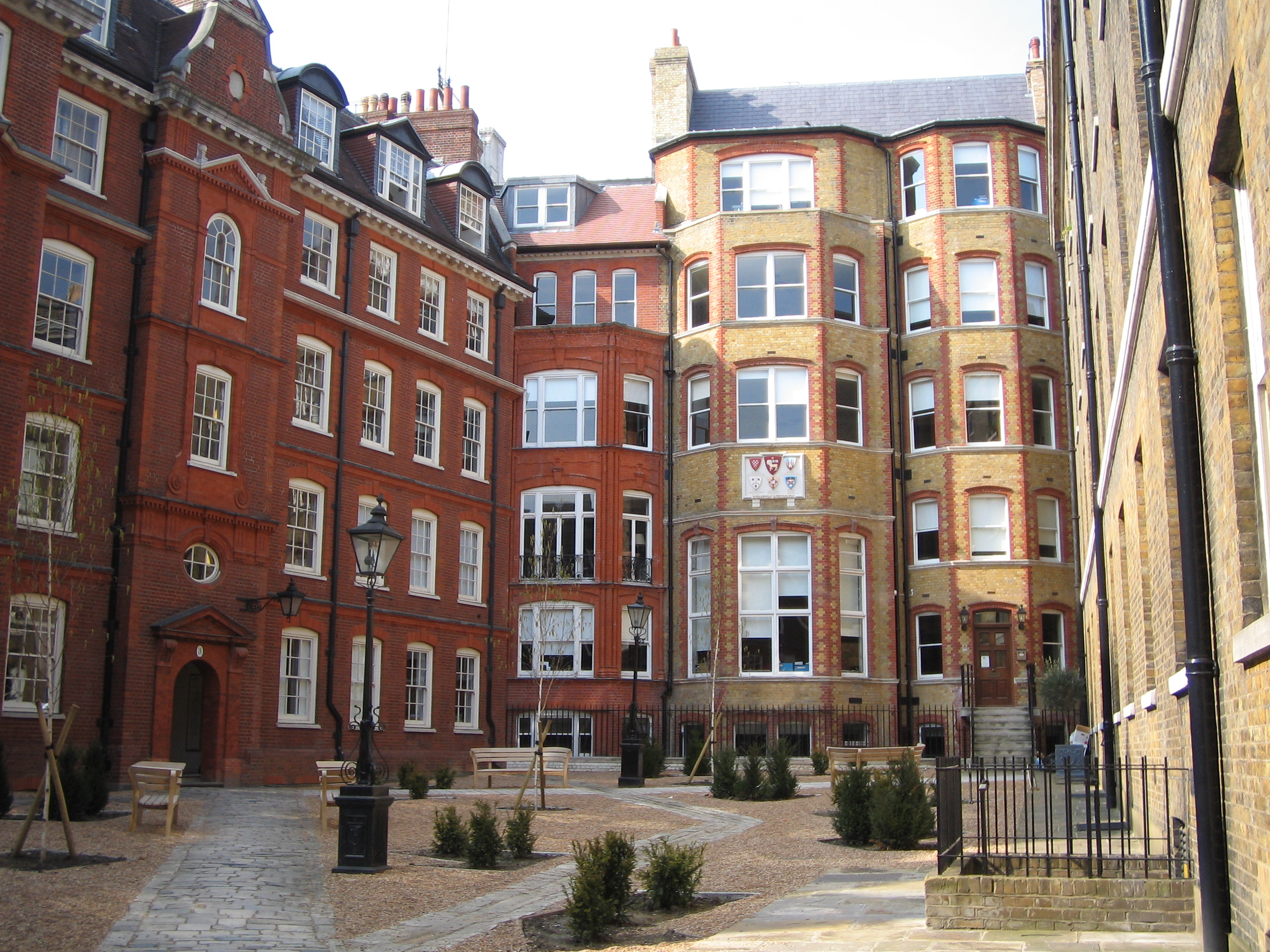
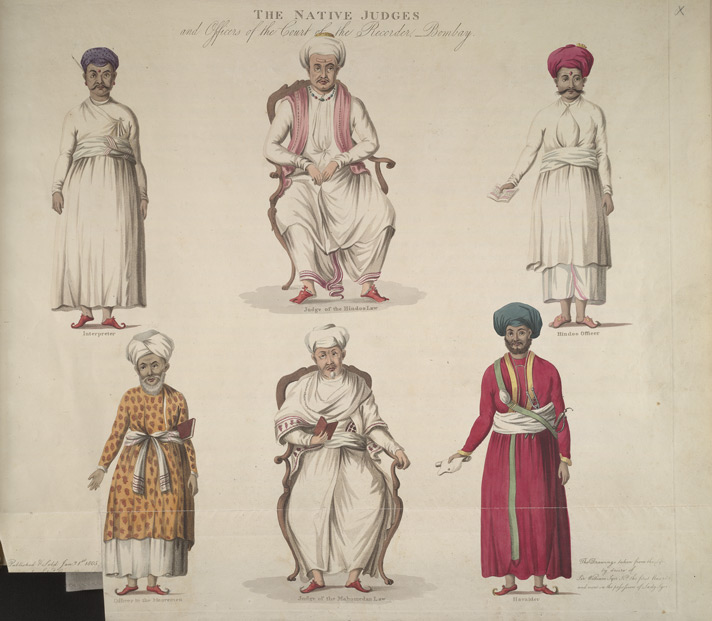
_1938.jpg)

